
Jonny Greenwood of Radiohead has cited her as an influence. She shared the stage with musicians as disparate as Carlos Santana and Pharoah Sanders. Along with her contemporary Dorothy Ashby, she introduced one of music’s most ancient instruments, the harp, into the jazz canon. Yet, during most of her lifetime, Alice Coltrane’s contributions were not considered part of the jazz pantheon, eclipsed by the monument that was her husband, John Coltrane. That’s changing, according to curator Erin Christovale. “I feel like, in recent years, her output is being recognized by a larger audience and her impact as an individual … is taking form,” she says. “Alice’s music and cultural legacy transcend time and space.”
At the Hammer Museum in Los Angeles, the curator has orchestrated “Alice Coltrane, Monument Eternal,” the first institutional exhibition dedicated to the late jazz musician and devotional leader’s legacy. Alongside rarely or never-before-seen pieces from her archive—including letters, unreleased recordings, and video footage—are works by 19 American artists that flesh out her world and impact.

“Monument Eternal,” on view through May 4, takes its title from Coltrane’s 1977 book of the same name, which elucidated her spiritual beliefs and musical practice, particularly as one of jazz’s few harpists. The show mirrors the text’s themes with three sections: Sonic Innovation, Spiritual Transcendence, and Architectural Intimacy. Works, both new and archival, from the likes of Rashid Johnson, Jasper Marsalis, Cauleen Smith, Martine Syms, and more fill each space.
“Alice was such a multivalent being, so there’s so much to learn,” continues Christovale. “Those who are more familiar with her jazz career will also have the opportunity to learn about her time as a spiritual guru and the Sai Anantam Ashram that she ran for decades in Agoura Hills. Those who are more familiar with her spiritual journey will be able to sit with her full discography and learn more about her musical musings.”

The museum’s typically hushed galleries will also come alive with music throughout the run of the show. Performances every Sunday are a nod to Alice’s weekly services at the Sai Anantam Ashram, with Jeff Parker, Mary Lattimore, and more slated to make a showing.
Christovale put together the program with help from music curator Ross Chait—and a little inspiration from Coltrane’s own community. “I started at the source,” Christovale reflects on the show’s genesis, “her incredible family, jazz community, and students of her ashram. You learn so much about a person through the photos, letters, books, and other traces they’ve left behind.”
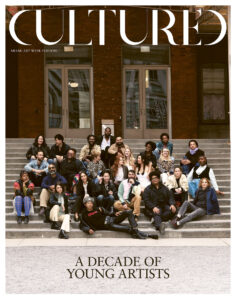
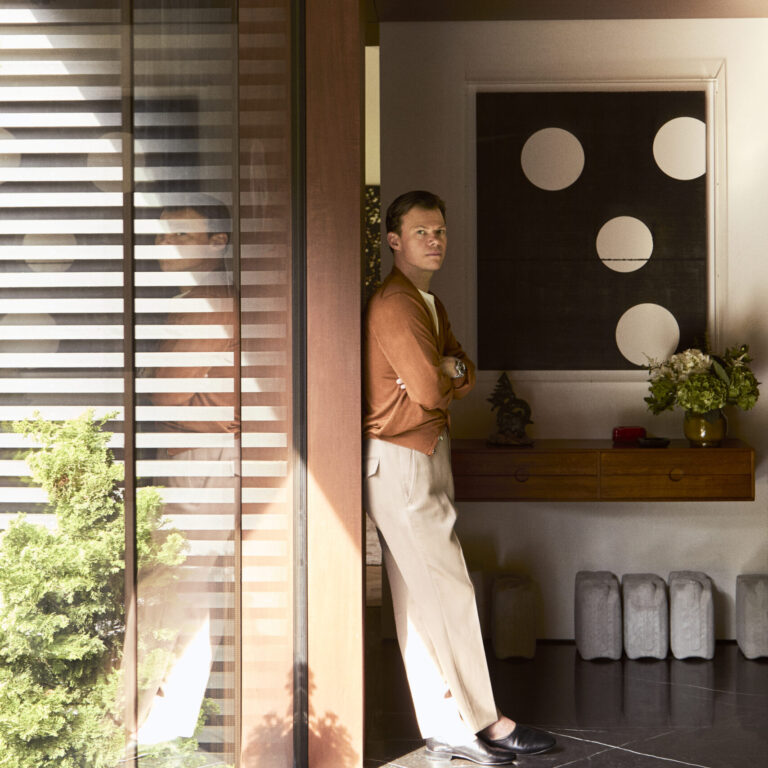

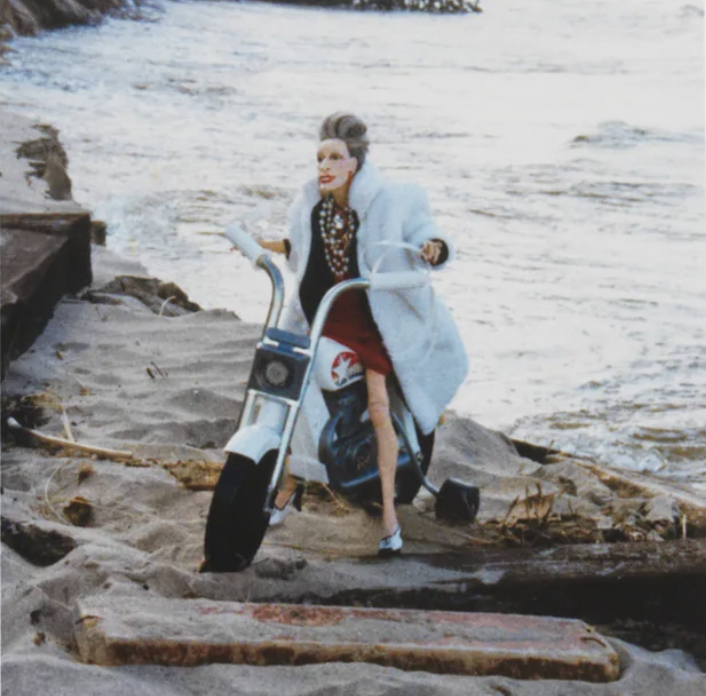


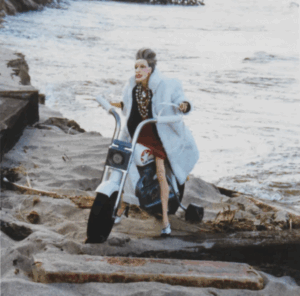

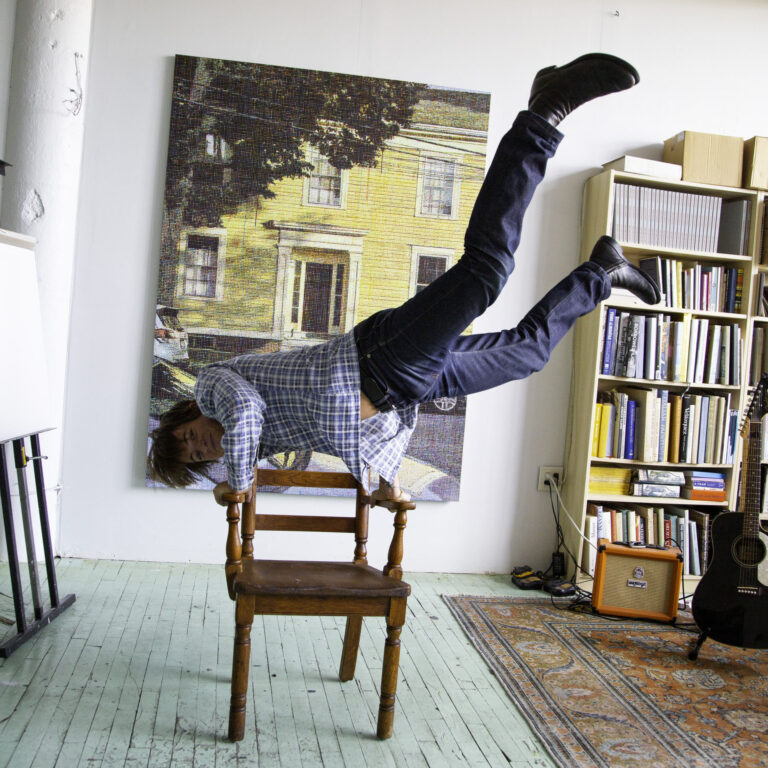

 in your life?
in your life?

